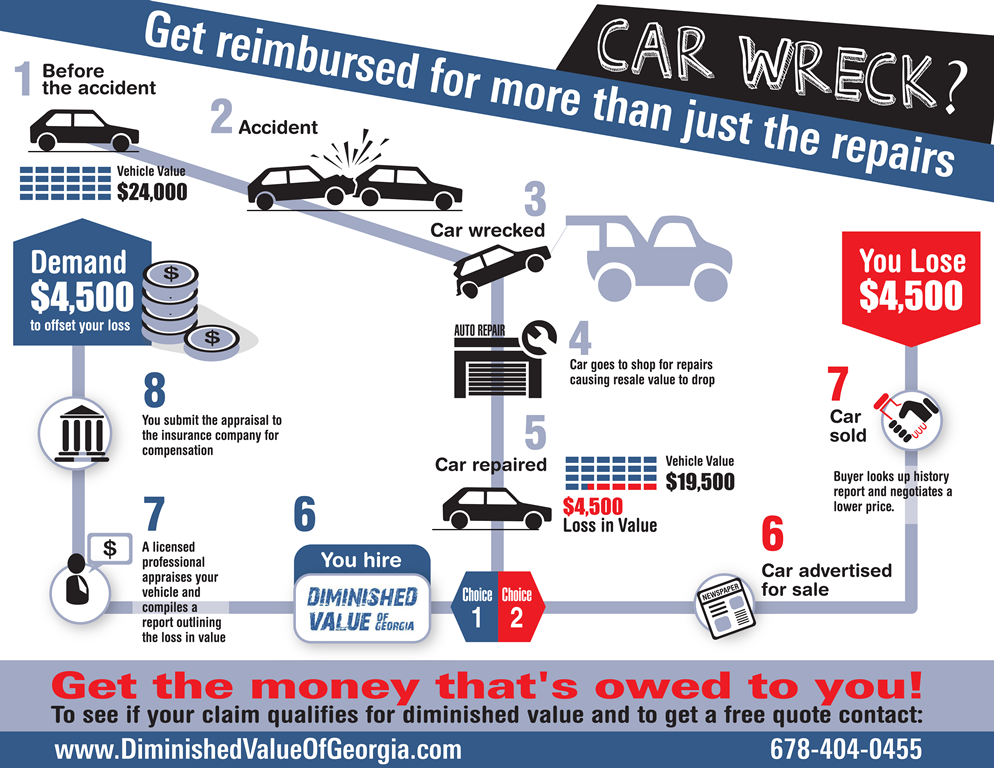Examining Your Cars And Truck'S Caution Indicators: What They Really Communicate
Examining Your Cars And Truck'S Caution Indicators: What They Really Communicate
Blog Article
Web Content Author-Faulkner Forbes
When you lag the wheel, those radiant caution lights on your control panel can be a bit puzzling. Do you know what they're trying to inform you about your cars and truck's wellness? Understanding the significance of these lights is essential for your safety and security and the long life of your vehicle. So, the following time one of those lights appears, wouldn't you intend to analyze its message properly and take the necessary actions to address it?
Common Warning Lights and Interpretations
Recognize common caution lights in your vehicle and understand their meanings to guarantee risk-free driving.
One of the most typical caution lights consist of the check engine light, which signifies problems with the engine or exhausts system. If this light comes on, it's important to have your car checked promptly.
The oil stress warning light shows reduced oil stress, needing immediate interest to avoid engine damages.
A flashing battery light could suggest a damaged billing system, possibly leaving you stranded if not attended to.
The tire pressure surveillance system (TPMS) light alerts you to reduced tire stress, affecting lorry security and gas effectiveness. Neglecting this can bring about risky driving conditions.
The ABS light suggests an issue with the anti-lock braking system, endangering your ability to stop rapidly in emergencies.
Last but not least, the coolant temperature cautioning light warns of engine getting too hot, which can cause severe damage otherwise fixed quickly.
Comprehending these usual caution lights will certainly aid you attend to concerns immediately and preserve secure driving conditions.
Relevance of Prompt Focus
Understanding the usual warning lights in your car is just the first step; the significance of promptly addressing these cautions can't be emphasized sufficient to ensure your security when driving.
When https://whatisecutuning62839.bloggerchest.com/31109690/a-comprehensive-source-for-locating-trustworthy-vehicle-fixing-solutions-near-you illuminates on your dashboard, it's your automobile's way of connecting a possible issue that requires attention. Neglecting https://airliftperformance72727.livebloggs.com/37481783/submerse-yourself-in-the-specialist-automobile-detailing-sector-receiving-beneficial-insights-from-a-well-informed-professional can result in more extreme troubles down the road, compromising your safety and possibly costing you more in repairs.
Trigger attention to alerting lights can protect against breakdowns and mishaps. For https://www.forbes.com/sites/hessiejones/2022/01/04/autoleap-is-building-customer-trust-in-a-misunderstood-industry/ , a blinking check engine light might indicate a misfire that, if left neglected, can create damages to the catalytic converter. Addressing this immediately can conserve you from a costly fixing.
Likewise, a brake system cautioning light may signify low brake fluid or used brake pads, important elements for your safety when driving.
DIY Troubleshooting Tips
If you observe a warning light on your control panel, there are a few DIY fixing pointers you can try before seeking specialist help.
The very first step is to consult your cars and truck's guidebook to recognize what the certain caution light suggests. Occasionally the concern can be as simple as a loose gas cap triggering the check engine light. Tightening up the gas cap might fix the trouble.
One more usual problem is a reduced battery, which can cause numerous alerting lights. Examining the battery connections for corrosion and ensuring they're safe could repair the problem.
If a caution light persists, you can try resetting it by detaching the car's battery for a couple of mins and then reconnecting it. In addition, inspecting your car's liquid degrees, such as oil, coolant, and brake liquid, can aid troubleshoot alerting lights connected to these systems.
Final thought
To conclude, recognizing your cars and truck's caution lights is essential for maintaining your lorry running smoothly and securely. By without delay attending to these alerts and understanding what they indicate, you can prevent costly fixings and prospective failures.
Keep in mind to consult your automobile's handbook for certain information on each cautioning light and take action accordingly to ensure a trouble-free driving experience.
Remain educated, remain risk-free when traveling!
